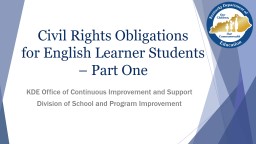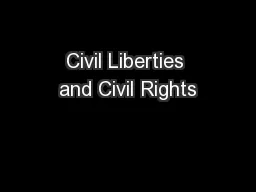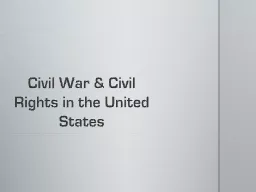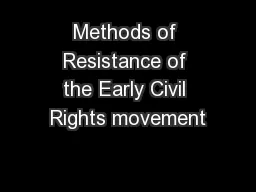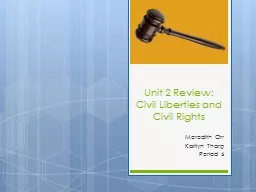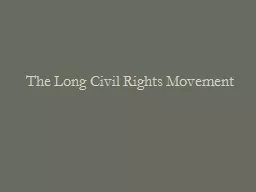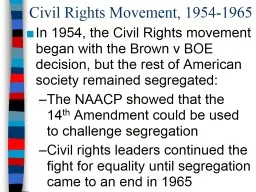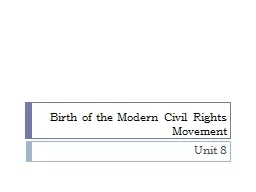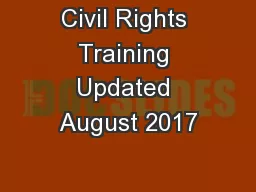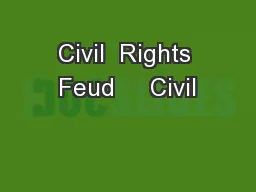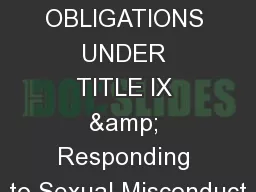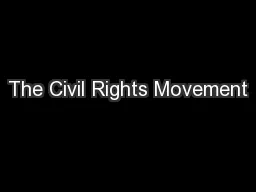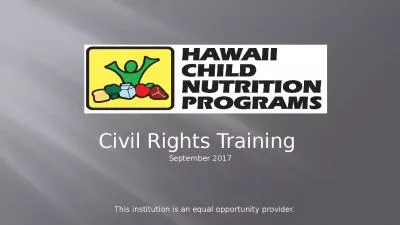PPT-Civil Rights Obligations
Author : reese | Published Date : 2023-11-07
for English Learner Students Part One KDE Office of Continuous Improvement and Support Division of School and Program Improvement Goals Participants in this training
Presentation Embed Code
Download Presentation
Download Presentation The PPT/PDF document "Civil Rights Obligations" is the property of its rightful owner. Permission is granted to download and print the materials on this website for personal, non-commercial use only, and to display it on your personal computer provided you do not modify the materials and that you retain all copyright notices contained in the materials. By downloading content from our website, you accept the terms of this agreement.
Civil Rights Obligations: Transcript
Download Rules Of Document
"Civil Rights Obligations"The content belongs to its owner. You may download and print it for personal use, without modification, and keep all copyright notices. By downloading, you agree to these terms.
Related Documents

